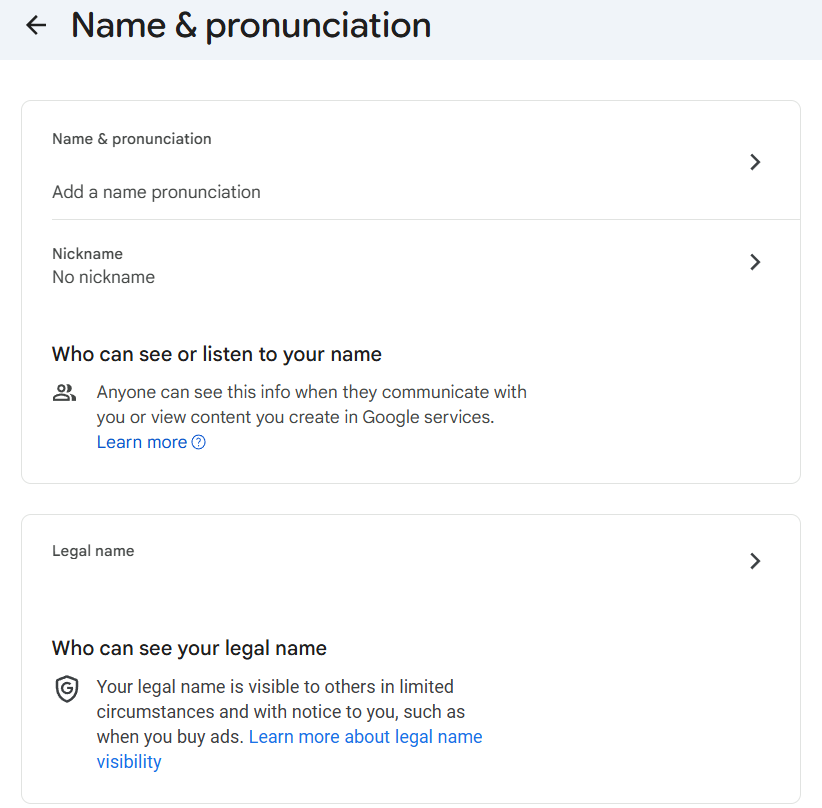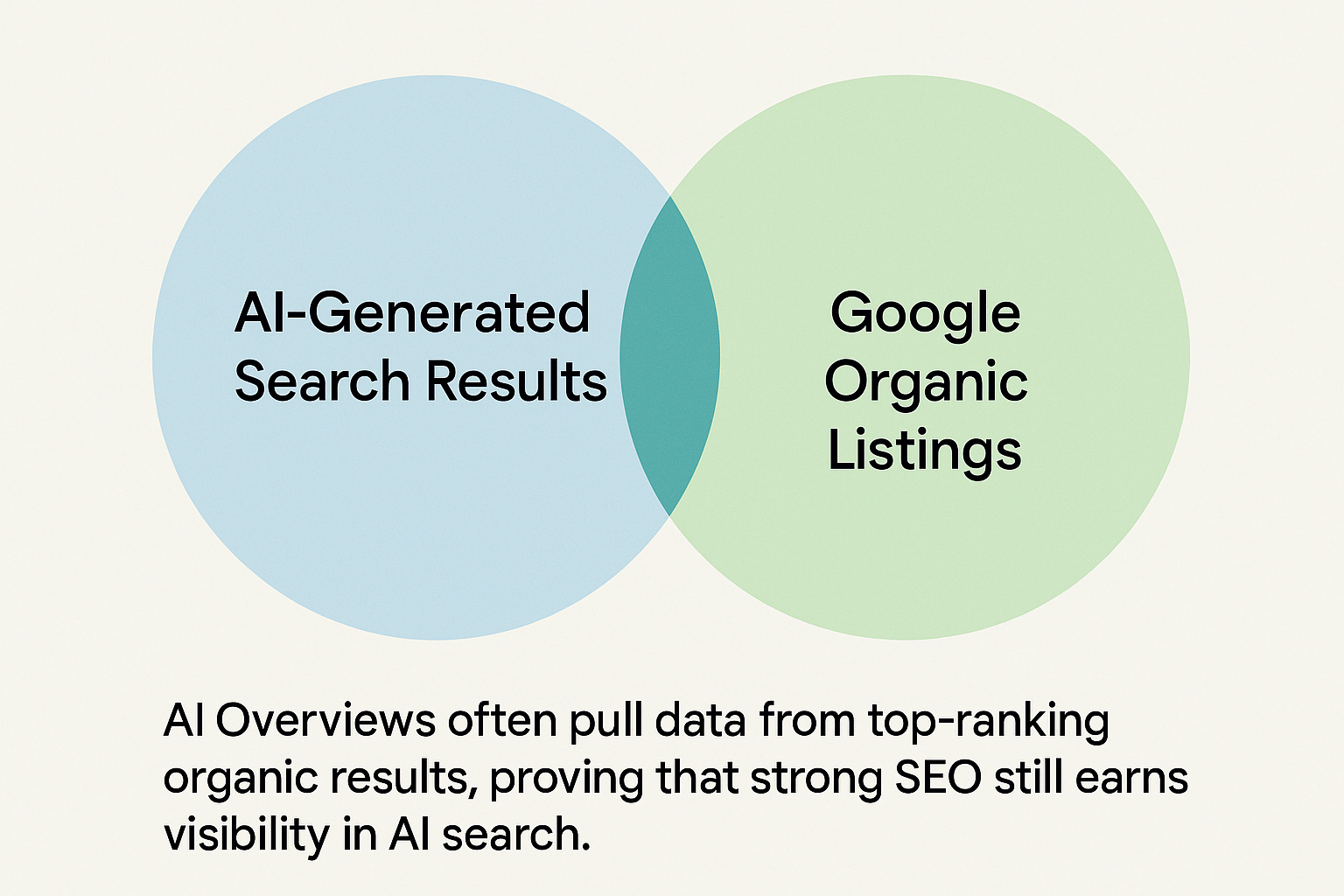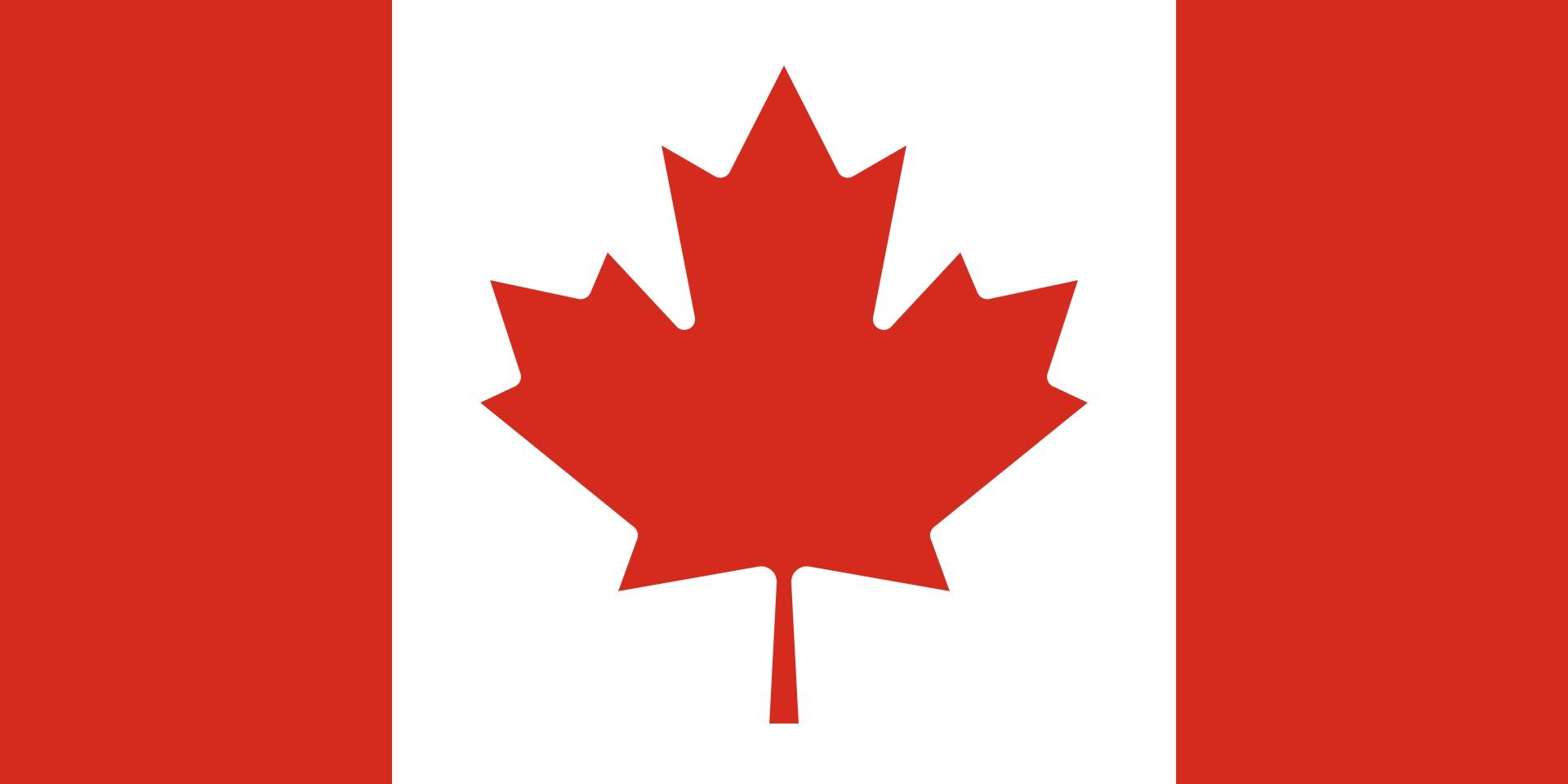What Makes a Landing Page Convert? Understanding the Anatomy of a Landing Page

Creating compelling PPC ads, social media posts and native ads are excellent for getting traffic to your site, but what’s waiting for visitors when they arrive? If it’s not a fine-tuned lead magnet, you might be missing out on landing page conversions.
Businesses focus on different goals, with lead generation being one of the most common, but landing pages have the potential to support almost all of them. More sales, more leads, and more subscribers — that’s exactly what a well designed landing page can do.
What do we mean when we say well-designed? You shouldn’t expect results from a landing page that doesn’t have all the essential elements it needs to actually convert visitors into buyers. After all, each element is focused on persuasion, and missing any of these key elements could have an impact on your overall marketing funnel.
Simply put, landing pages make the most of what you’re spending on paid ads to bring visitors to your site. But it’s important to understand the basic anatomy of a landing page if you want it to be effective.
What’s the conversion rate on your latest PPC campaign? The average conversion rate ranges
from 1.85% to 5.01% depending on the industry, with eCommerce having the lowest and finance claiming the highest.
If you fall within the average, you still have room to grow. But what’s a reasonable goal? It will vary by industry, but the top 10% of PPC advertisers across every industry achieve an
average conversion rate of 11.45%, with finance achieving up to 24.48%.
Now, what’s the difference between the average advertiser and the rockstars at the top?
Landing pages that follow best practices.
It’s time to learn all about the building blocks that add up to a persuasive landing page. Persuasion means conversion, and conversion means supporting the given business goal. Make the most out of every ad campaign by creating landing pages designed to convert.
Why Can’t My Homepage Be the Landing Page?
Wait, why do I need landing pages when I have a stellar homepage?
It’s all about focus.
Your homepage has a navigation bar and plenty of goals to support anyone who might visit. Someone might want customer service, while someone else wants to learn more about your company. Your homepage will help them both.
But landing pages are designed to keep visitors scrolling down the page while making an argument that they should take one specific action. No menu to distract them, specific messaging and only one option — to convert (or leave).
What is the Goal of a Landing Page?
A landing page is made up of multiple components designed to encourage the visitor to become a customer, client, or subscriber. It only has one goal and it’s designed to support a specific campaign.
There are a few different types of landing pages that you should know about. They all have the same elements, but the focus is different.
- Lead generation: Businesses with high-value products or services tend to focus primarily on lead generation than making an immediate sale. Turning visitors into leads is the goal, and then someone in sales takes it from there.
- Click-through: These pages are all about making the visitor an offer. Once you’ve made your case, they ‘click through’ to the site where they’ll complete the transaction. This might mean buying a product or service or subscribing to a newsletter.
- Product details: Technically, these are also click-through pages, but they’re hyper focused on a specific product. Each landing page element caters to that one product and at the end, the visitor decides to buy it (ideally).
We could certainly dissect each category into more specific types of landing pages, but these three categories above capture most pages you’ll be creating.
Landing Pages By the Numbers
Before diving into the anatomy of a landing page, let’s take a step back and look at some vital statistics about them:
- The more the merrier: Businesses with 10-15 landing pages see a 55% increase in leads when compared to those with fewer than 10. The reason is that each landing page is made uniquely for a specific campaign. They allow you to segment your audience into micro niches based on where they’re coming from.
- Embrace brevity: Every word on a landing page matters. Keep it short and succinct and only say what’s needed. About 30% of every landing page out there has too many words, and those with less than 100 words converted 50% more visitors than those with over 500 words.
- Test, test, test: Once you’ve created what you think is the perfect landing page, test it against a modified version. A/B testing is a method of sending the same traffic to two different versions of a page. It’s a time-honored way to continually refine landing pages using hard data. Roughly 60% of businesses consider A/B testing highly valuable for improving conversion rates.
- Test even more: Testing isn’t a one-and-done endeavor. Keep running A/B tests throughout the lifespan of the page. Approximately 71% of businesses do more than two A/B tests per month to create successful landing pages, so try to do the same.
- Keep it quick: Even a perfectly designed landing page won’t do much if it takes 10 seconds to load. Studies found that 82.2% of all landing pages need optimization, typically caused by uncompressed images. Pages that load within 4 seconds have the best conversion rates, but your goal should be 2 seconds for even better results.
Landing Page Design Best Practices
Enough about the why behind landing pages, let’s dive into the anatomy of a best-practice landing page.
Most effective landing pages out there will use the following five elements to boost their performance. Use these common elements to start building lead-magnet pages focused on persuading potential customers into taking a goal-oriented action.
1. Clearly State the Unique Selling Proposition (Messaging)
Don’t get too hung up on the word ‘unique,’ you don’t necessarily need to be doing something nobody else is doing. You might be doing the exact same thing as everyone else, but are you doing it better than the rest? What makes your service or product more desirable than your competition?
Your USP is woven throughout the page, but its main time to shine is the headline that kicks everything off.
Here’s what makes a landing page headline that will keep visitors scrolling:
- It clearly states the USP, now is not the time to be vague or metaphorical
- It’s relevant to the traffic source, meaning it matches the messaging in the ad that brought them there
- It shows empathy for the problem your product or service solves
You may want to add a subheading, but it’s not required. A subheading can either elaborate on the headline or add a secondary persuasive message. If you opt for a secondary message, it should still be closely related to the headline.
We aren’t done with the USP yet. Longer landing pages should have a statement that reinforces it halfway through the page. Additionally, bring the USP back right at the end before the call-to-action. Drive home everything they just read with a final reminder of what makes your business stand out.
2. A High-Quality Hero Image (Hero Section)
A hero shot or background video is likely the first thing visitors will notice, even before the headline. Users are 80% more likely to read content when combined with pictures and other colorful imagery. Nobody wants to click an ad and be met with a wall of text, even if it’s well-written.
That means the hero section is arguably the most important part of your landing page since it creates the first impression a user will see.
Your image or video should show the context of what you're offering. Trying to get downloads for your new app? Show the app in action. Offering a new drone with enhanced controls? Show it zooming around in a video.
Remember, however, that site load speed is vital to your opt-in page performance. If a video is slowing your site down, ditch it. All images should be compressed to enhance load times, try to keep them under 1 MB.
Google offers
PageSpeed Insights to help you understand how fast your page will load and provide actionable insights to improve it. Another option is
GTmetrix, why not use both?
3. Keep the Focus on Benefits, Not Features (Benefit Sections)
Features are fine, but benefits are what persuade the visitor. Benefits directly address the pain point you’re solving, and features are what provide the benefit.
The easiest way to demonstrate value is to highlight the benefits and outcomes your customer can achieve. In landing page design, this usually takes place through benefit sections with strong headlines, supporting copy, and messaging that will resonate with your target audience.
Going back to the drone example, saying “Improved GPS module,” is all well-and-good, but what does that mean to visitors? Not much, as GPS modules are pretty standard in drones. What did you improve?
Instead, you might say “Your drone will never lose track of the action thanks to our improved GPS module.” Now you’re directly addressing the problem of drones drifting away while the user skis down the mountain. Considering 30% of drone owners completely lose their drone, you’re directly addressing a problem the visitor may have experienced or is afraid of.
Provided you maintain a 2 second or less loading speed, videos are excellent tools for highlighting benefits. A survey highlighted their importance as 86% of marketers say that
videos help generate more leads. Have a short video showing your impressive drone tracking a mountain biker weaving through a forest.
4. Provide Social Proof to Boost Credibility (Validation)
We can’t overstate the importance of social proof. Social proof showcases your authenticity and credibility – 60% of consumers think reviews and testimonials are the most authentic content a company can showcase. They are trust seals that indicate you’ve already delivered on the promise the visitor is presently considering.
Landing pages with high conversion rates put these to work, with
47% of the top landing pages using them (36% testimonials, 11% reviews).
Don’t fake social proof. Most people can smell a rat and they’ll close the tab immediately if anything seems off. If you don’t have relevant social proof, it’s better to skip this element altogether than make some up.
There are many types of social proof to showcase and all of them boost your credibility with the visitor. The type you use will pertain to your product or service:
- Customer quotes or testimonials
- Case studies
- Logos of past clients or customers
- Review scores from Amazon, TrustPilot, or Google Maps (whatever is most relevant)
- Video testimonials
Tangentially, display your contact information on the landing page. Put it all in plain sight. Stanford research has shown
contact information improves your credibility.
5. A Strong Call-to-Action to Support the Page’s Conversion Goal (CTA Section)
A CTA compels the user to take company-growing action, whatever that may be. It’s a strong statement that directly states why they should become a lead, customer, or subscriber followed by an action or capture form. If we've done our job with the rest of the landing page, the CTA wraps everything up and moves them along the sales funnel.
Remember, landing pages are focused on persuasion. The CTA is the final persuasive element and research shows that directly addressing a visitor’s fears with the
CTA can boost a conversion rate by up to 80%.
CTAs are more than just statements, however. They include the button or form that the visitor is considering using. Check these best practices to keep in mind when building the rest of the CTA:
- Action Buttons should use unique button text that’s relevant to what you’re offering, try to avoid ‘submit’ or even ‘buy now’
- Forms should ask for a first name and email address, asking personal questions like gender, date of birth, or even last names can cut conversion rates in half
- Regularly run A/B tests focused on different CTAs to keep boosting your conversion rate, including testing button text, color, and the statement itself (but only changing one thing per test)
Rapid-Fire Landing Page Strategy Best Practices
There’s a lot more to learn about squeeze pages. Consider these best practices to further maximize your conversion rate:
- Make it mobile-friendly, since 86% of top landing pages are designed to look great on mobile devices
- Ensure consistent messaging with ads or traffic source
- Keep important messaging above the fold, which is what the visitor sees before they scroll
- Demonstrate the product or service in action
- Remove all navigation and other distractions, the CTA button should be the only link
- Focus on clear, compelling copy
- It’s worth repeating – keep running A/B tests to see how the page could be improved
Bottom Line: Focused Landing Pages Support Business Growth
Ultimately, the goal of the lead-magnet page is to grow your business, whether that’s through leads, subscribers, or sales.
A focused landing page works in tandem with your paid ad campaign to convert the traffic you’re paying for. Take the time to create amazing squeeze pages so that you aren’t burning through money by sending high-quality traffic to a low-quality page.
Need some more help building successful landing pages that convert? Our team of marketing experts works with you at every step of your marketing journey, from creating the ad campaign to building the landing pages that support it.
Book a meeting today to connect with our team of PALs and we’ll show you how we can turn landing pages into a business growth accelerator.







